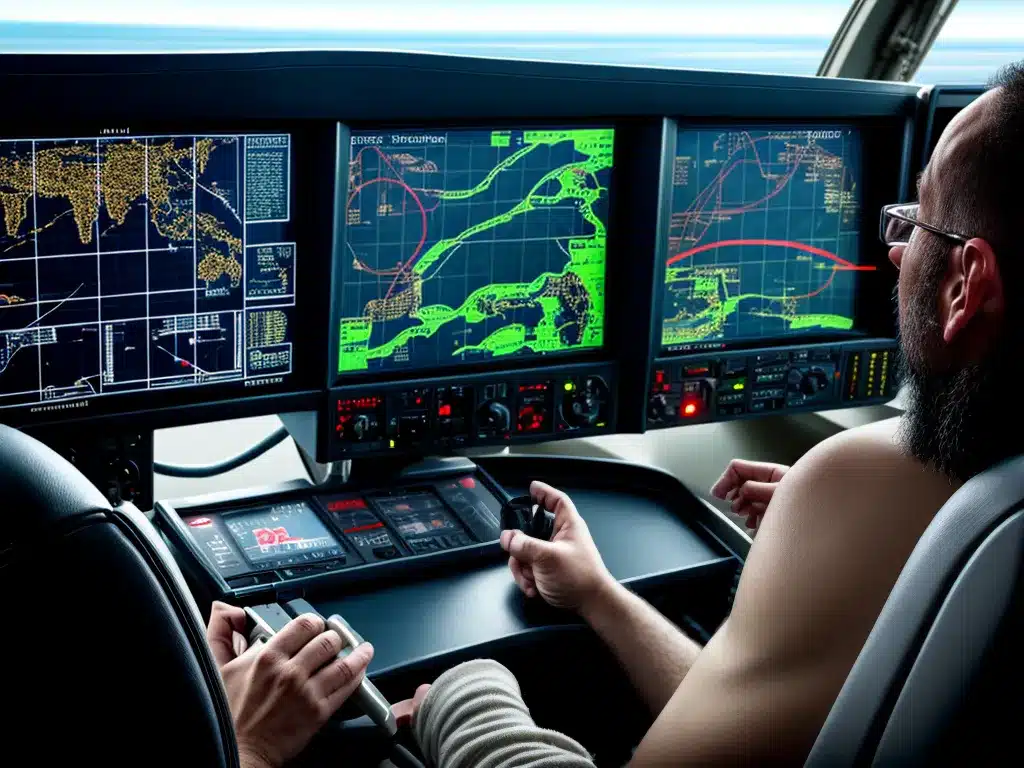
Introduction
As a pilot, I know firsthand how critical aircraft navigation systems are to safely operating an aircraft. However, these complex systems also present unique challenges when it comes time to upgrade them. In this article, I’ll provide an in-depth look at some of the key difficulties faced when updating navigation avionics in aircraft.
Understanding Legacy Systems
Many of the navigation systems in aircraft today rely on technology that is decades old. While these legacy systems are generally reliable, they use outdated components that can be difficult to maintain and integrate with newer technology.
When looking to upgrade, the first challenge is understanding how the existing navigation system is integrated into the aircraft. This can require extensive analysis of schematics, wiring, and components. Unlike modern “plug-and-play” systems, older nav systems have hard-wired connections that can be tedious to trace and document.
Analysing Interdependencies
Beyond just the navigation system itself, upgrades need to take into account interdependencies with other aircraft systems. For example, navigation data may be shared with the flight management system, autopilot, terrain awareness system, and other critical components. Interrupting those data pathways during an upgrade can lead to operational issues.
Detailed analysis is required to map all interconnections between navigation equipment and other avionics. This helps ensure continued aircraft functionality during and after an upgrade.
Maintaining Regulatory Compliance
A major factor governing aircraft upgrades is maintaining compliance with regulatory standards. Navigation systems are certified as part of the overall aircraft type design. Any changes to equipment must go through an approval process to verify compliance.
Rigorous Testing Requirements
Upgraded systems need to be thoroughly flight tested to validate performance across expected operating conditions and scenarios. Certification testing procedures are extensive, requiring hundreds of hours of evaluations both on the ground and in the air. Strict documentation standards must also be met throughout the testing process.
This level of rigor is essential for safety, but adds significant cost and delays compared to upgrade projects in other industries.
Coordination with Regulators
Given the complexity, regulators are involved throughout the process. There is coordination during design reviews, lab testing, ground testing, flight testing, and final approvals. Each stage usually requires regulatory audit and acceptance prior to proceeding.
This coordination takes time and careful management, but smooth collaboration can help accelerate the overall upgrade schedule.
Integration Complexities
Even after the upgrade itself is designed and approved, there are additional challenges integrating it into routine aircraft maintenance operations. A key consideration is long-term support of both the new and old system configurations across the entire fleet.
Backward Compatibility
Ideally an upgrade would introduce a new system that is backward compatible with existing equipment. This allows a mixed fleet environment during early upgrade phases. From a maintenance perspective, common test equipment and procedures are needed for both old and new configurations.
When full backward compatibility isn’t possible, interim translation devices and adapter kits are often required. These add to long-term support costs.
Fleet Transition Planning
There needs to be a staged transition plan spanning months or years as upgrade kits are systematically installed across the fleet. Maintenance facilities require sufficient capacity to upgrade planes while still supporting normal operations.
Detailed scheduling and logistics planning is key to avoiding bottlenecks and aircraft downtime during the transition phase.
Conclusion
Updating decades-old avionics like navigation systems on aircraft is a major undertaking filled with challenges. From unraveling tangled legacy wiring to navigating strict regulatory requirements, it requires careful analysis, planning, and collaboration. When done right, upgrades can extend the service life of trusted aircraft platforms while bringing navigation capabilities into the modern era. But it’s easy to underestimate the hidden complexities involved in designing, certifying, and supporting these type of avionics changes.












